Supply increases, transactions improve
According to DKRA's report, in the first quarter of this year, the entire market recorded more than 10,670 primary products for sale, an increase of 7% over the same period last year. Of which, the resort villa segment contributed more than 150 new units, an increase of 57%. The Central and Southern regions continued to play a leading role in supply with a proportion of more than 76%.
The resort townhouse segment also had more than 3,500 primary products launched, up 18%. However, most of the supply came from old projects, inventory was brought back to the market. With Condotel, the segment that was under the greatest pressure, now also started to move slightly with the new supply mainly being redistributed inventory products.
The Vietnam Association of Realtors (VARS) has just released a report on the resort real estate market in the first quarter of this year with many positive signals.
Specifically, the entire market had 950 new products for sale, 2.4 times higher than the previous quarter and nearly 3 times higher than the same period in 2024, but only equal to 18% of the same period in 2022. By region, about 78% of the new supply was contributed by the Central region. A low-rise project in Nha Trang City, Khanh Hoa alone accounted for 53% of the total new supply for sale in the quarter.
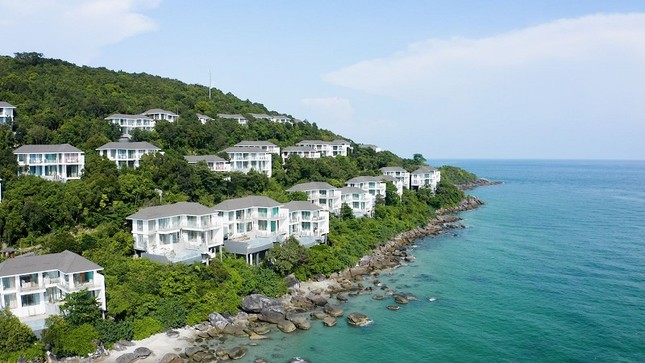 |
Resort real estate is gradually recovering after a "frozen" period. |
Newly launched projects have been absorbed relatively well, with a rate of 51%, equivalent to more than 400 transactions. Newly launched supply has improved, products launched are developed in two main directions: long-term resort villas and tourist apartments in urban areas.
VARS said that in the first quarter, investor sentiment recovered thanks to positive macro and legal signals. A series of airport and highway projects were invested in and expanded, helping to improve connectivity between regions and areas. Strong tourism recovery helped increase capacity and rental prices.
State management agencies are making efforts to remove obstacles, some tourist apartment projects have been granted pink books. Thereby, helping to improve liquidity and prices in projects put into operation in key tourist areas such as Vung Tau, Da Nang , Nha Trang, Phu Quoc or some outlying provinces such as Hoa Binh, Vinh Phuc, Phu Tho.
In general, investment demand still exists but is in a waiting state. Investors are increasingly cautious and are only willing to invest in projects with reputable investors and clear legal status.
New impetus for resort real estate
During the recent April 30-May 1 holiday, millions of tourists visited tourist destinations such as Phu Quoc, Nha Trang, Cat Ba, Ha Long...
Mr. Mauro Gasparotti - Senior Director of Southeast Asia, Savills Hotels - said that the domestic resort tourism industry has witnessed strong growth in the past 15 years. From an "experiential" destination that tourists visited and then left, Vietnam has transformed into a "resort destination" that makes tourists return again and again.
Nowadays, tourists tend to return to many destinations in Vietnam thanks to the unique features of these destinations, as well as the development of infrastructure systems, amenities, resorts and direct flights.
This can be seen as a strong move, demonstrating that Vietnam is gradually demonstrating its competitiveness with the world's leading tourism markets.
Many experts believe that now is the right time to re-evaluate the new development model of resort real estate in the long-term cycle.
According to experts from Savills Hotels, Vietnam's tourism industry is changing dramatically with the emergence of new business models, brands and resorts.
Trends such as branded real estate, luxury real estate, sky bars, beach clubs, wellness tourism and all-inclusive vacations are increasingly being developed, helping to meet the diverse needs of many customer segments and contributing to the development of tourist destinations.
In addition, technological factors such as artificial intelligence (AI) are predicted to revolutionize the tourism industry, helping to optimize operational processes and personalize experiences for tourists.
These innovations will drive the next phase of development for Vietnam’s real estate and hospitality industry, attracting leading brands and shaping the future of the industry. Now is the time to rethink models for a new long-term development cycle.
Forecasting the resort real estate segment in 2025, VARS believes that supply will increase by about 80% compared to last year (equivalent to nearly 8,000 products), mainly serviced apartments. Completing the legal framework, announcing planning, accelerating the progress of infrastructure projects, and attracting tourists are the driving forces for increasing supply to the market. In addition, Decree 10 removes obstacles to the issuance of pink books for condotels and officetels, bringing hope to investors and developers, thereby supporting the recovery of this market.
Ms. Pham Thi Mien - Head of Market Research Department of VARS - said that this year's demand will improve in key markets with good infrastructure and a stable number of international visitors.
In the general market, resort real estate has not yet been able to make a breakthrough. Some areas still have an excess supply of high-end resorts that have not been put into operation due to incomplete infrastructure and utilities. If we want to wait for this market to be as bustling as in 2018, it will take a few more years.
Source: https://tienphong.vn/bat-dong-san-nghi-duong-sap-tinh-thuc-sau-giac-ngu-dong-post1743519.tpo


![[Photo] President Luong Cuong presents the 40-year Party membership badge to Chief of the Office of the President Le Khanh Hai](https://vphoto.vietnam.vn/thumb/1200x675/vietnam/resource/IMAGE/2025/5/19/a22bc55dd7bf4a2ab7e3958d32282c15)
![[Photo] General Secretary To Lam attends the conference to review 10 years of implementing Directive No. 05 of the Politburo and evaluate the results of implementing Regulation No. 09 of the Central Public Security Party Committee.](https://vphoto.vietnam.vn/thumb/1200x675/vietnam/resource/IMAGE/2025/5/19/2f44458c655a4403acd7929dbbfa5039)

![[Photo] Prime Minister Pham Minh Chinh inspects the progress of the National Exhibition and Fair Center project](https://vphoto.vietnam.vn/thumb/1200x675/vietnam/resource/IMAGE/2025/5/19/35189ac8807140d897ad2b7d2583fbae)




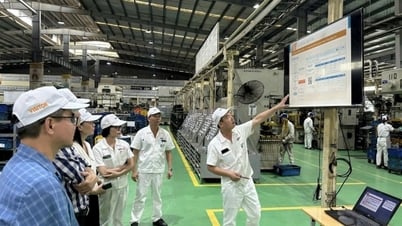

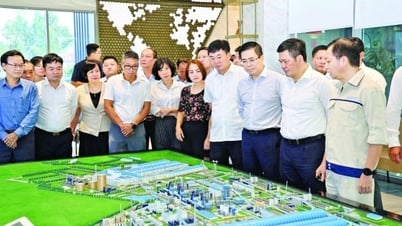













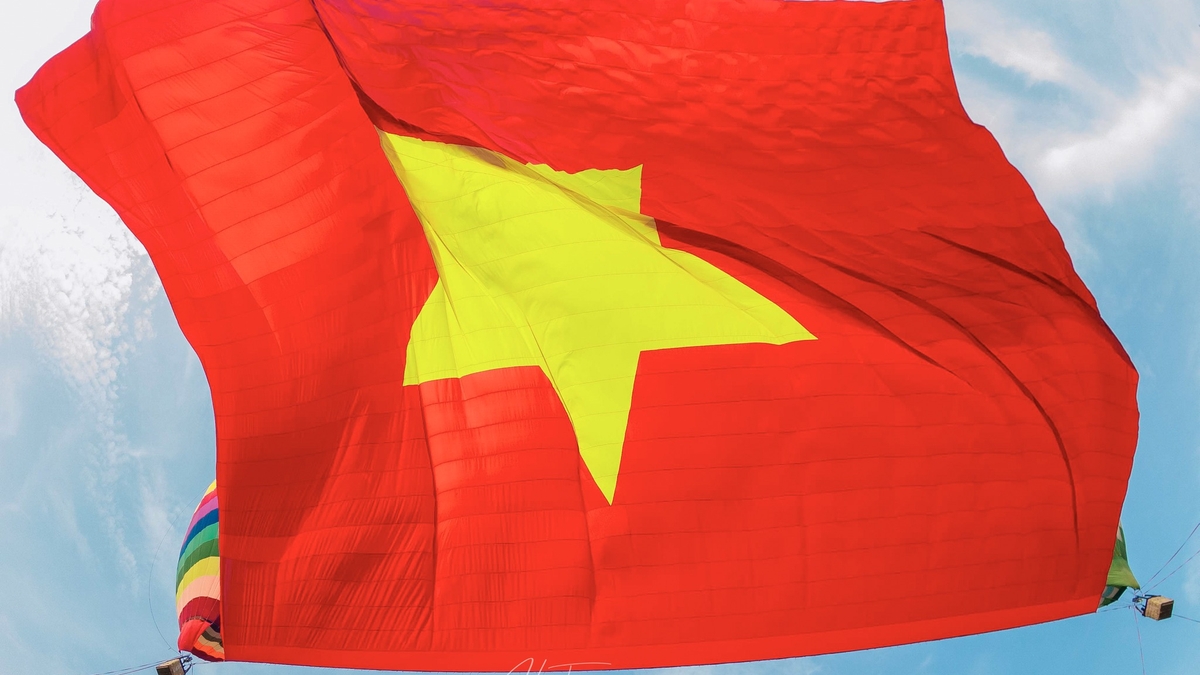







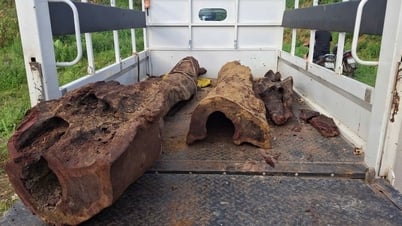
































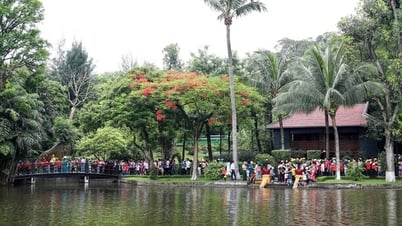

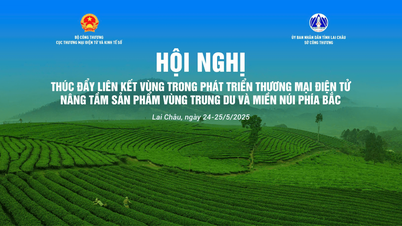
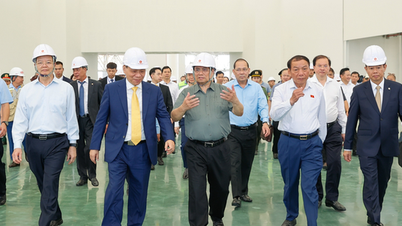
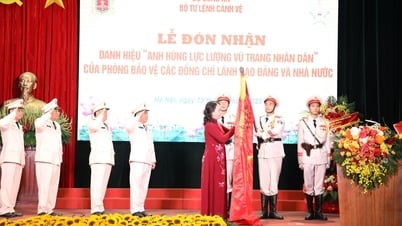








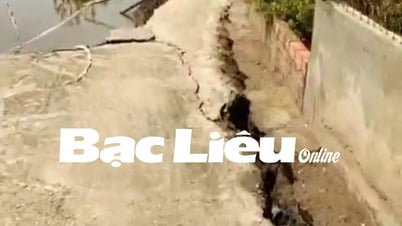
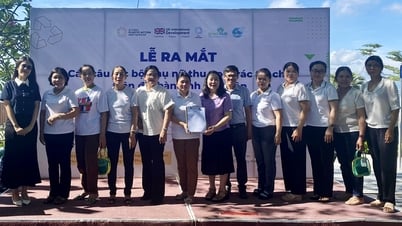

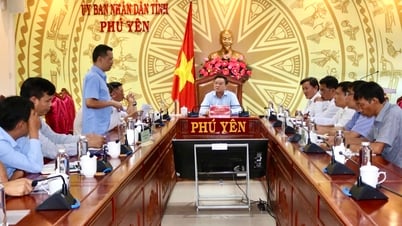


![[VIDEO] - Enhancing the value of Quang Nam OCOP products through trade connections](https://vphoto.vietnam.vn/thumb/402x226/vietnam/resource/IMAGE/2025/5/17/5be5b5fff1f14914986fad159097a677)





Comment (0)